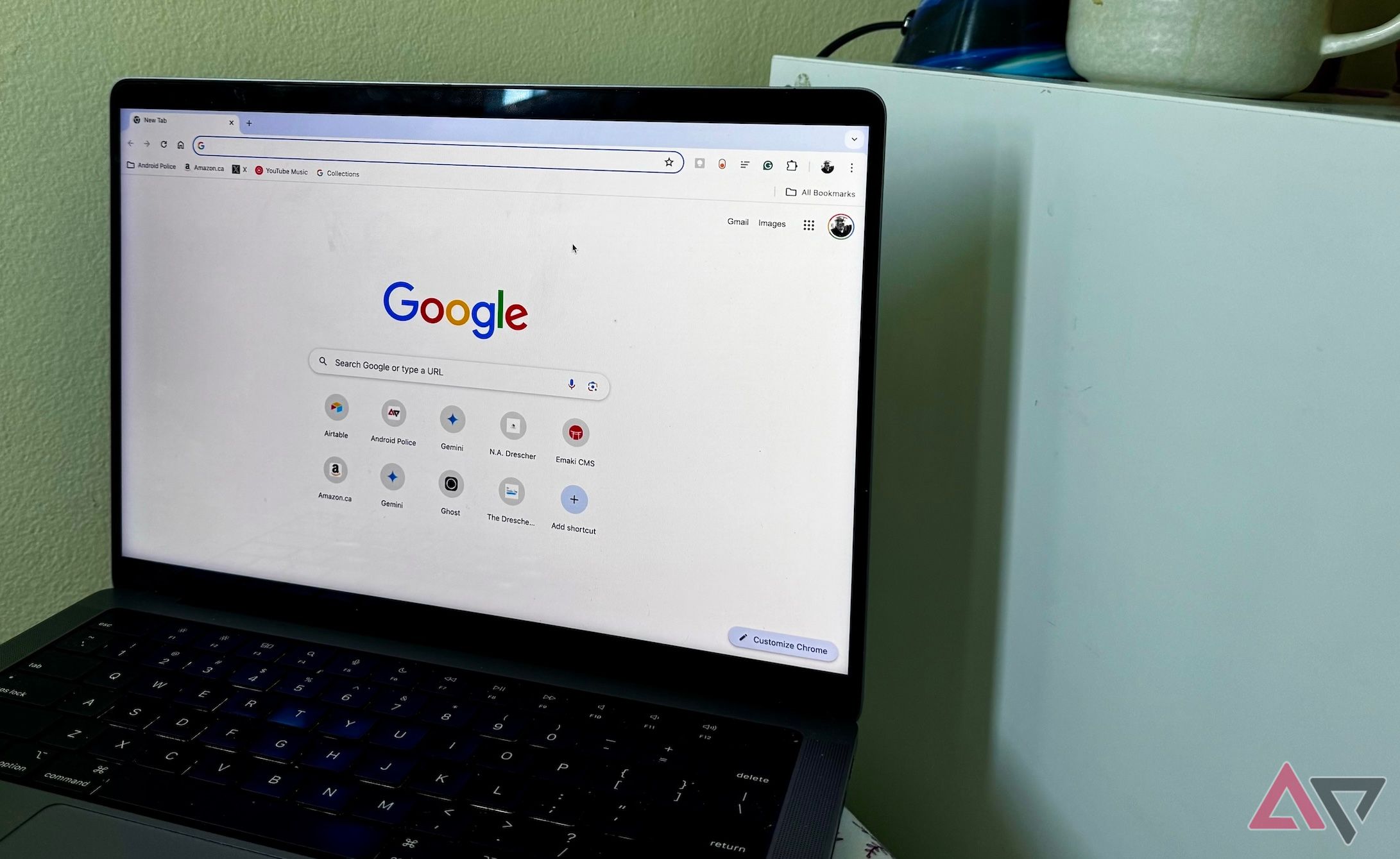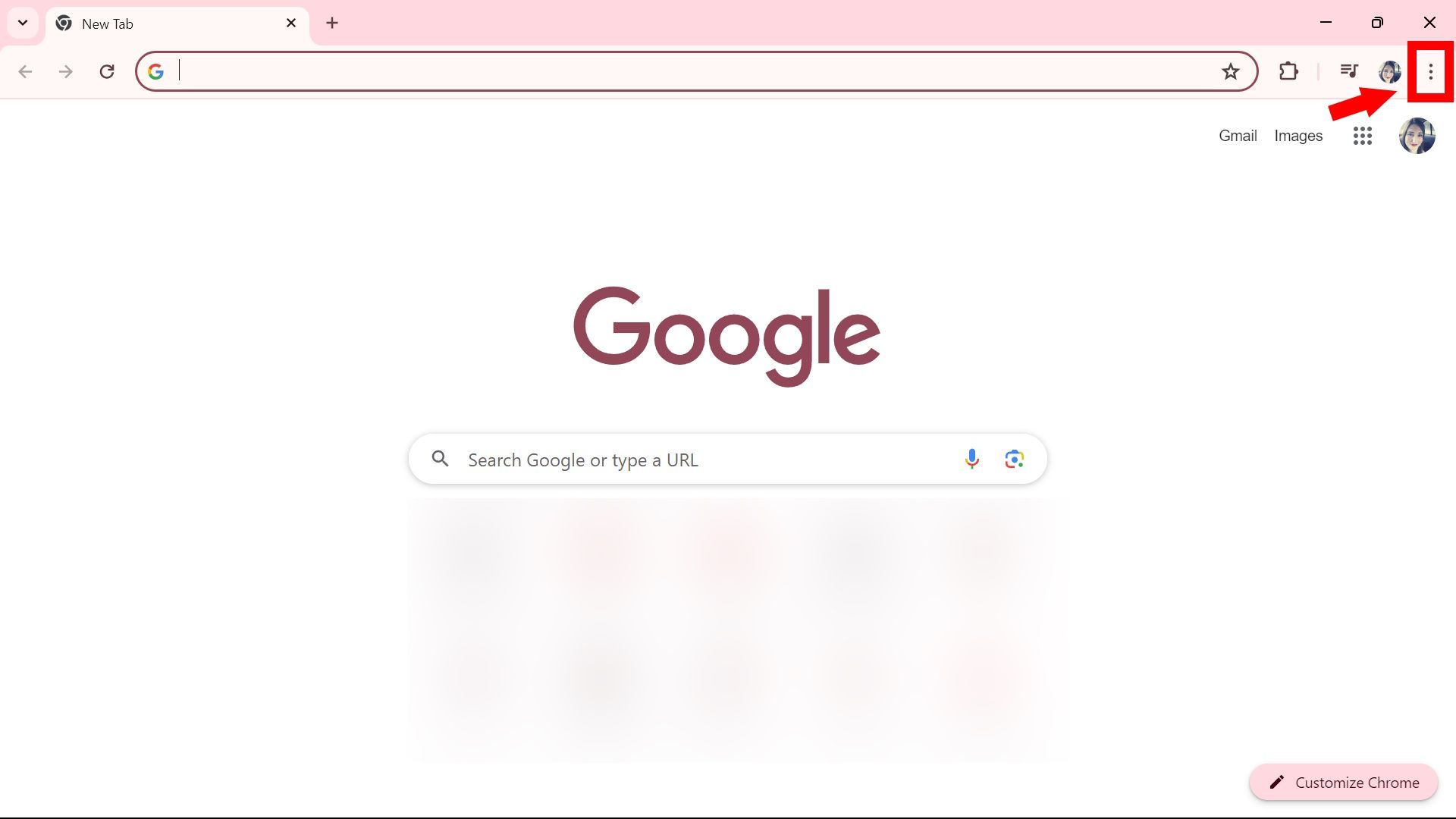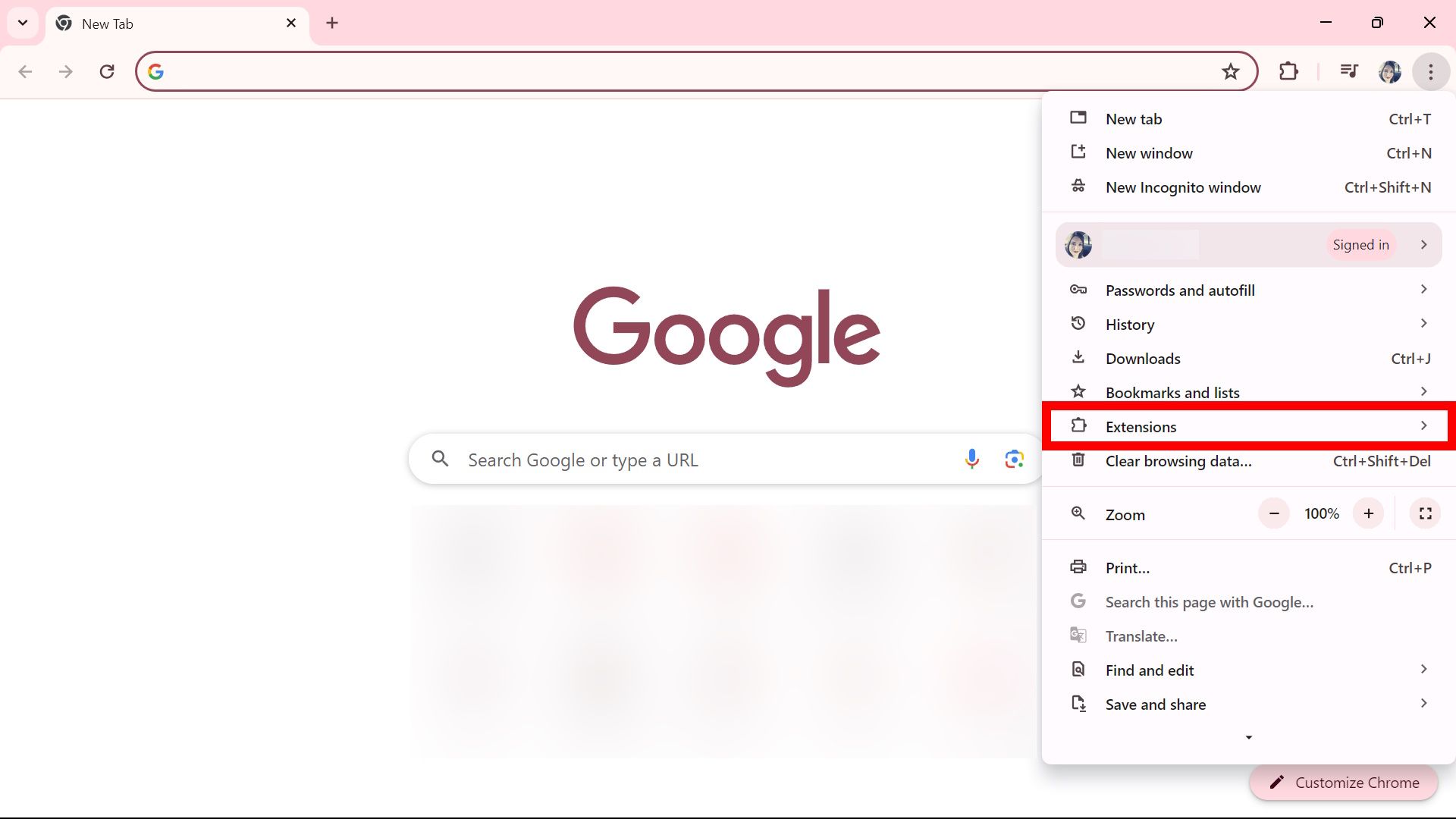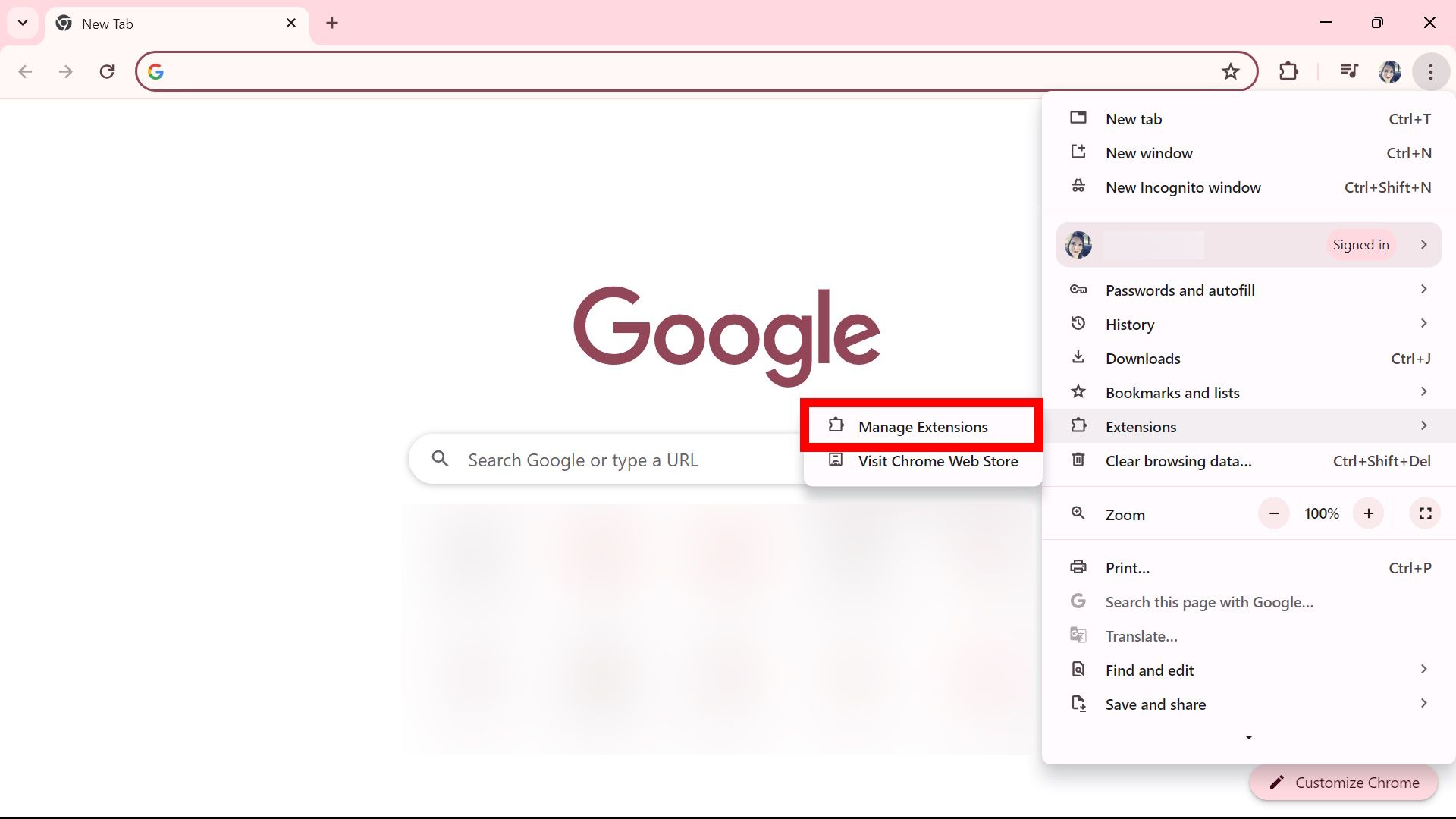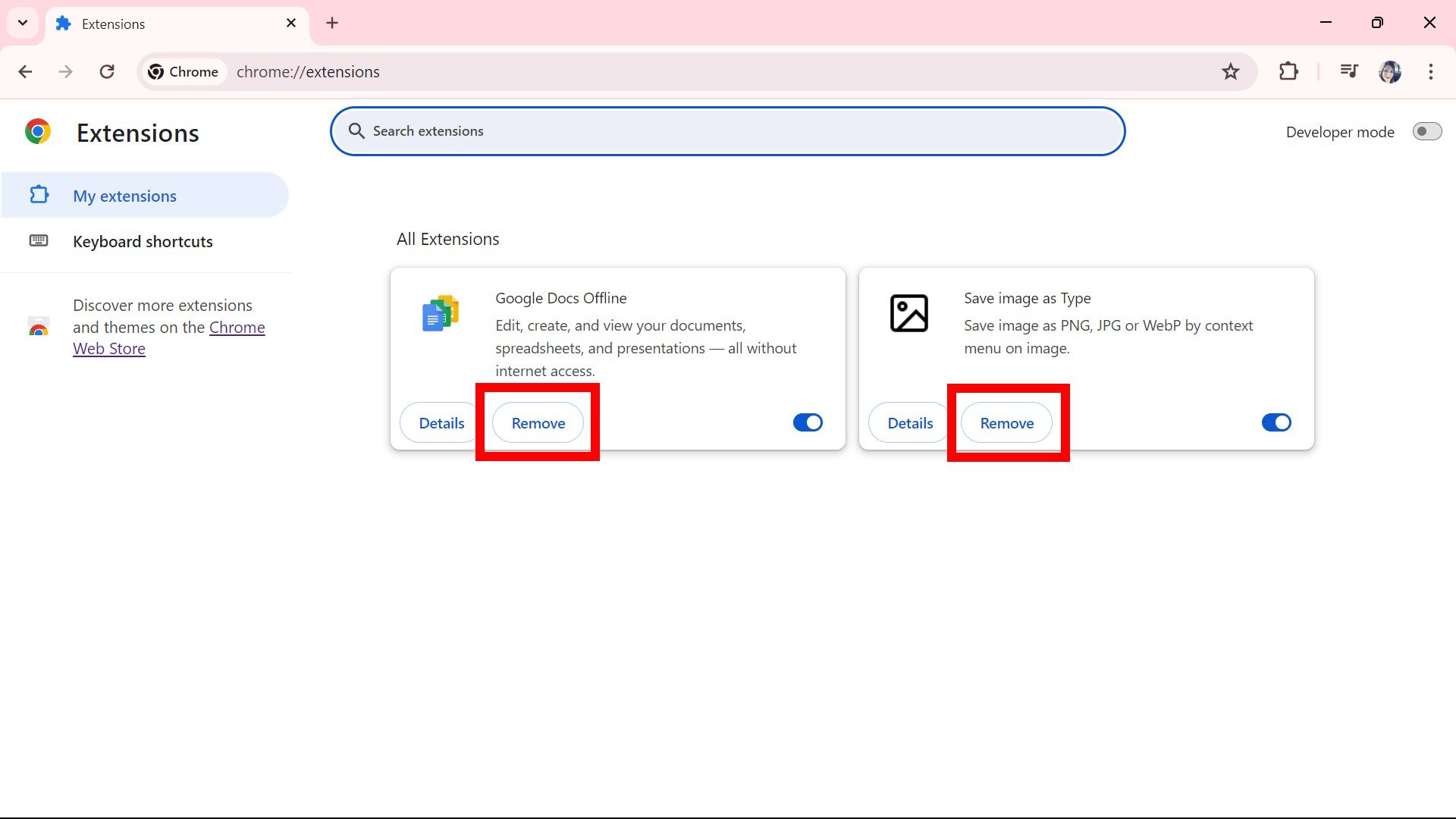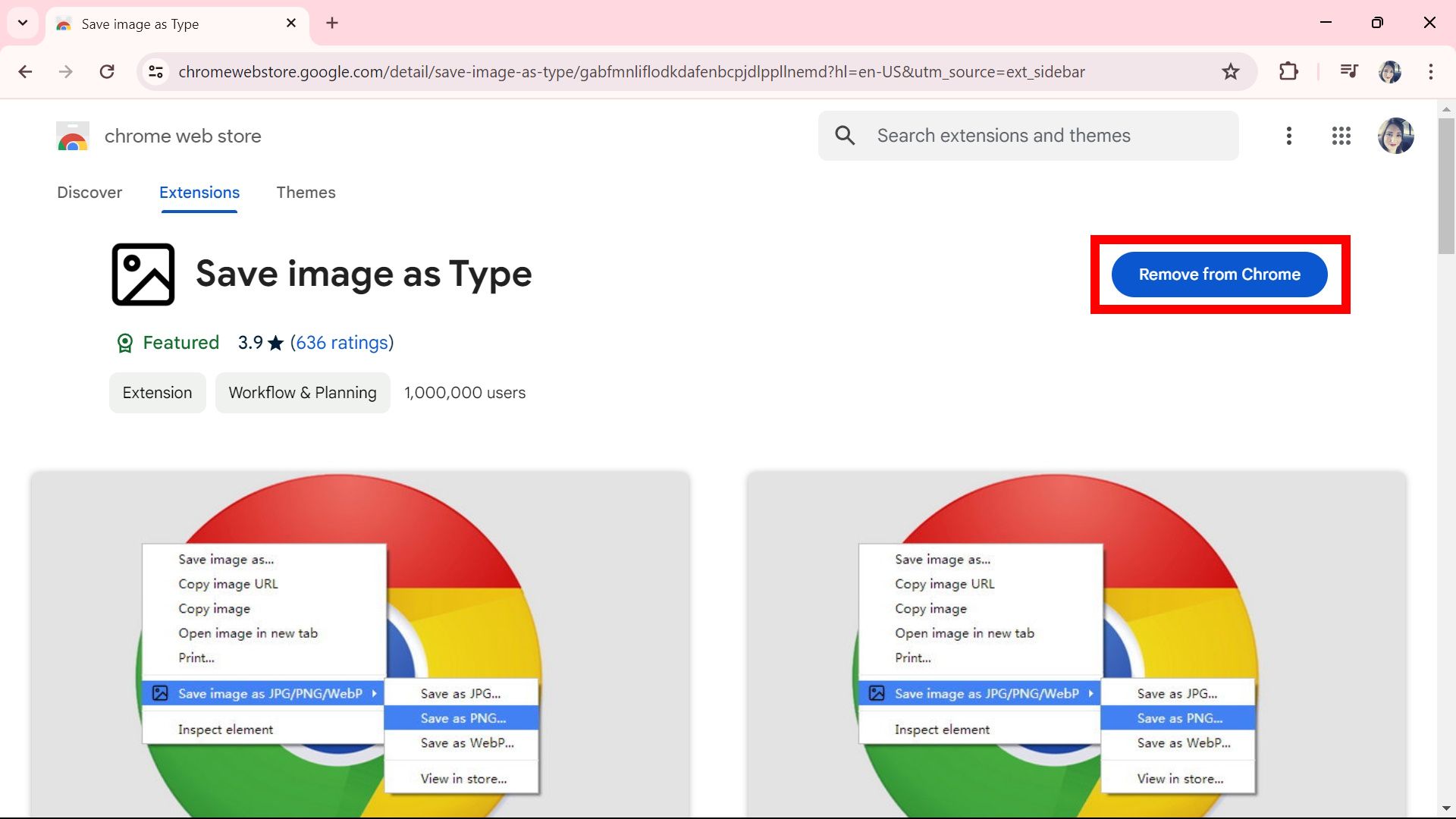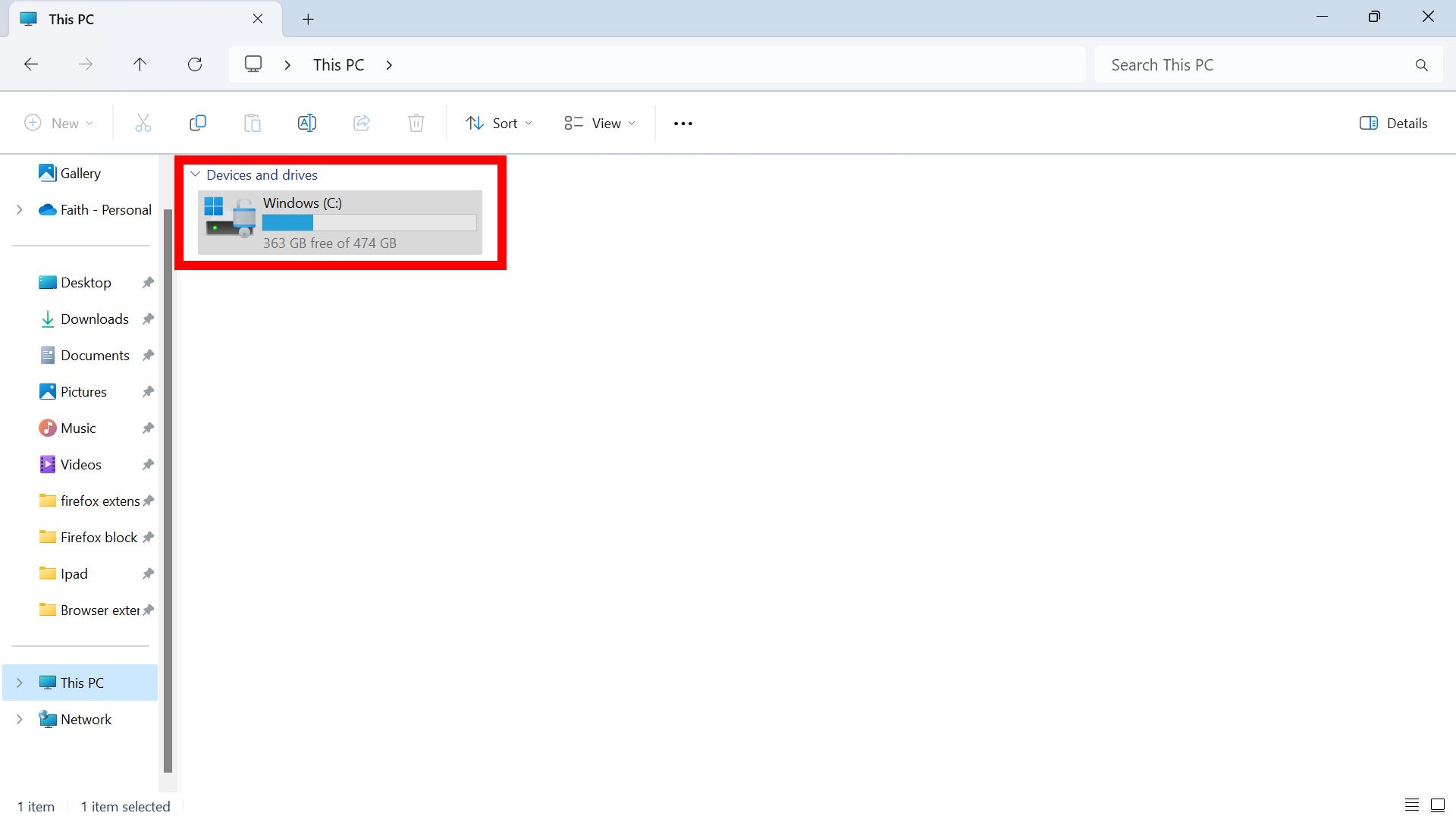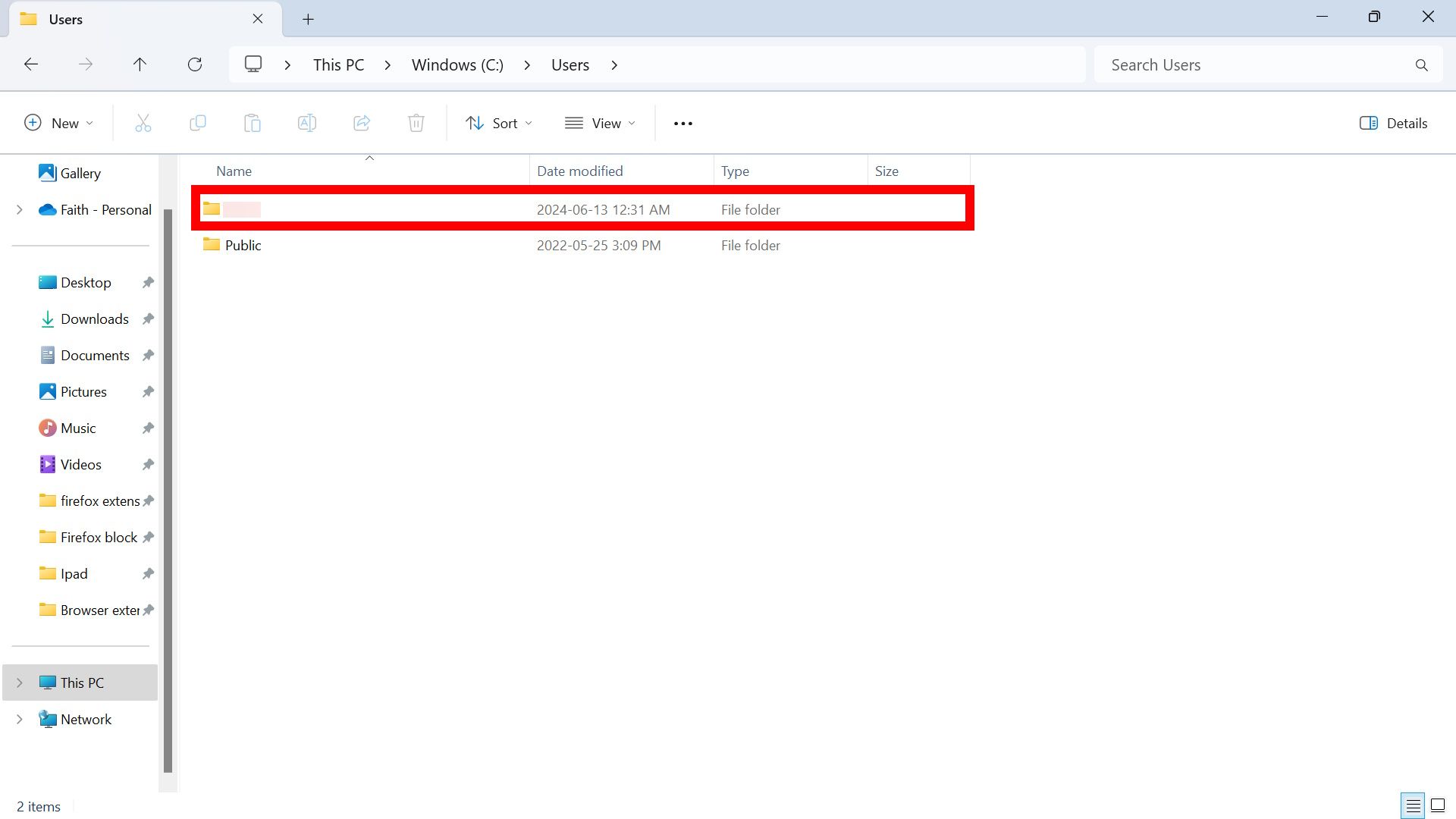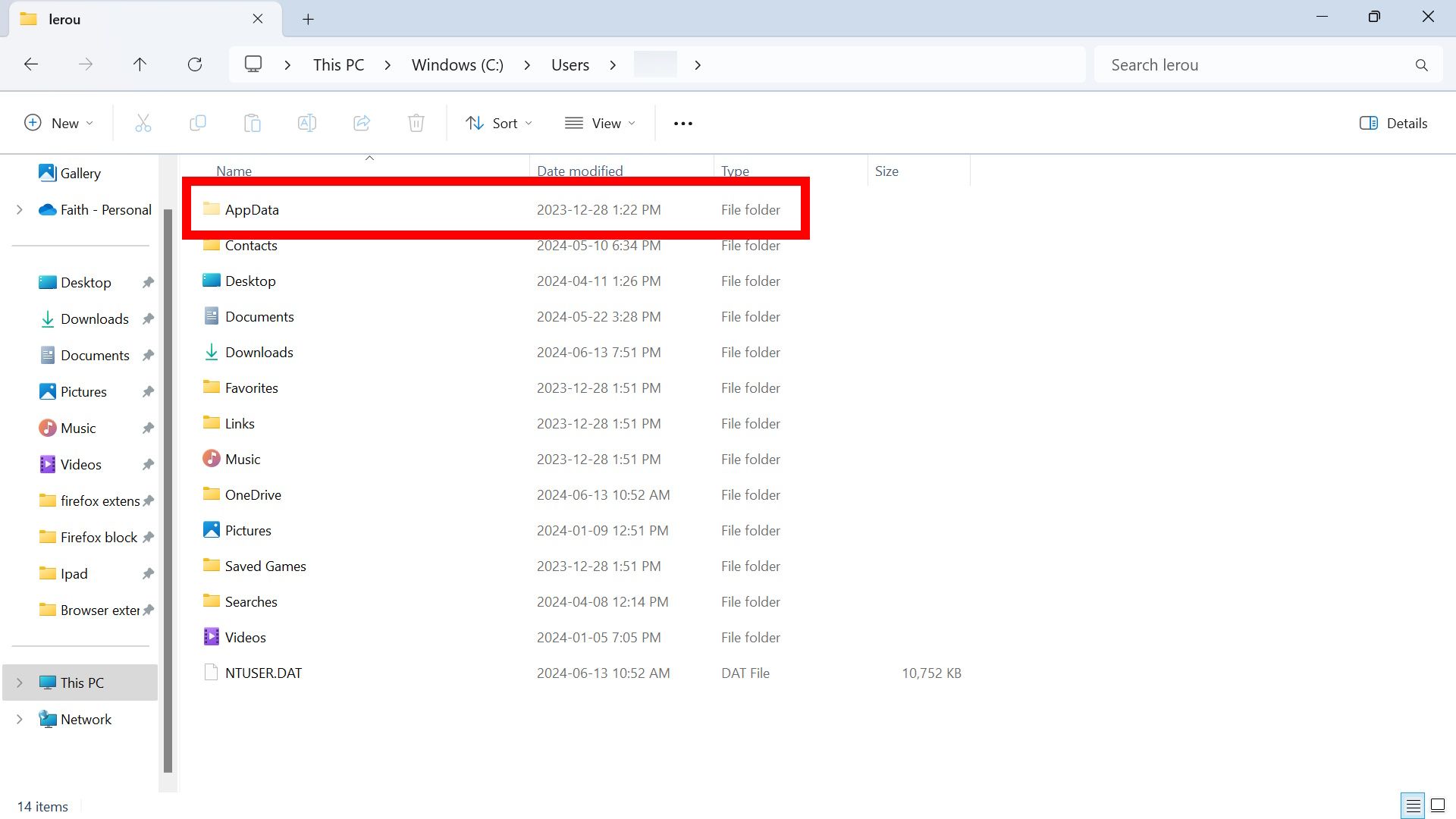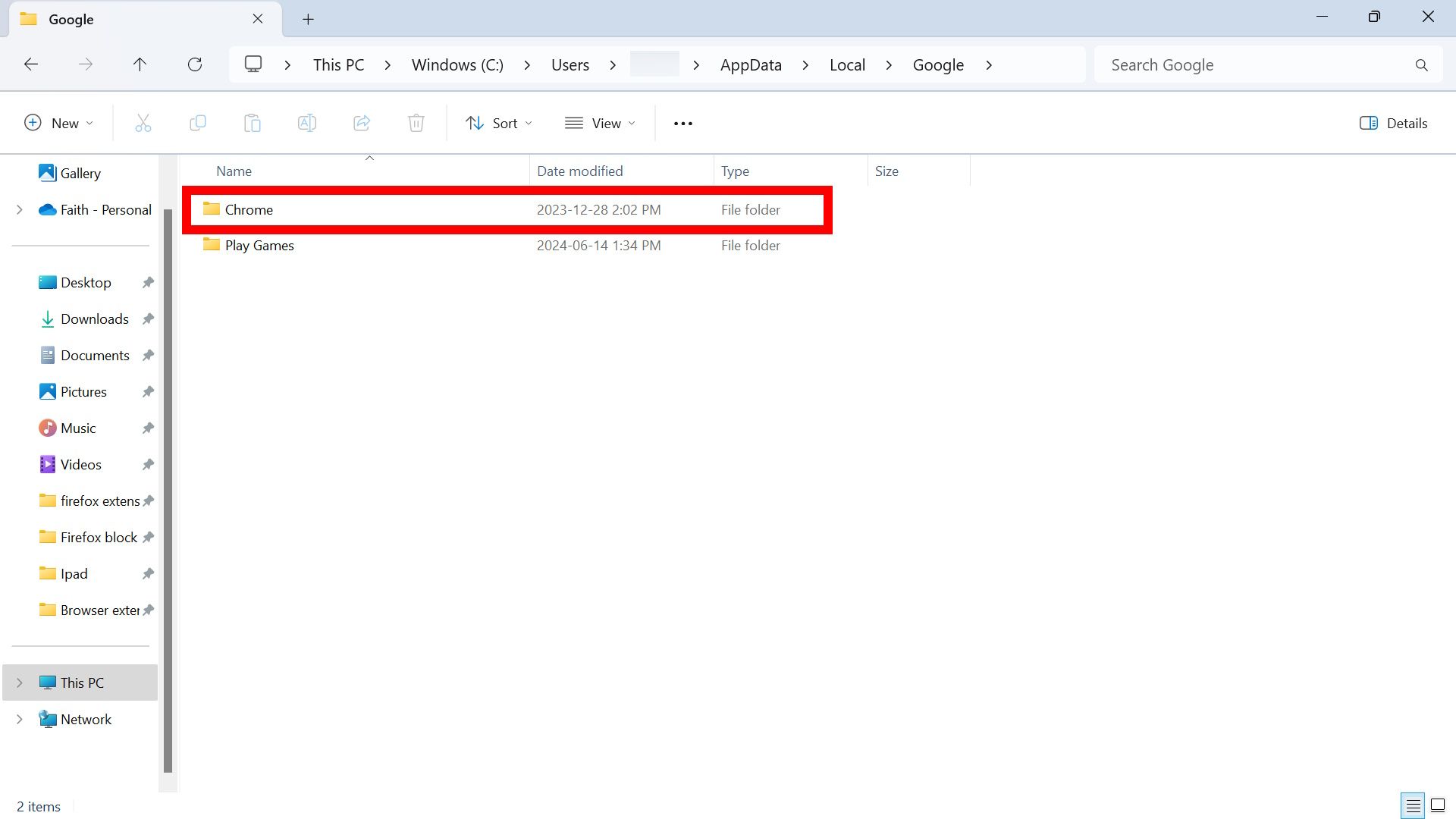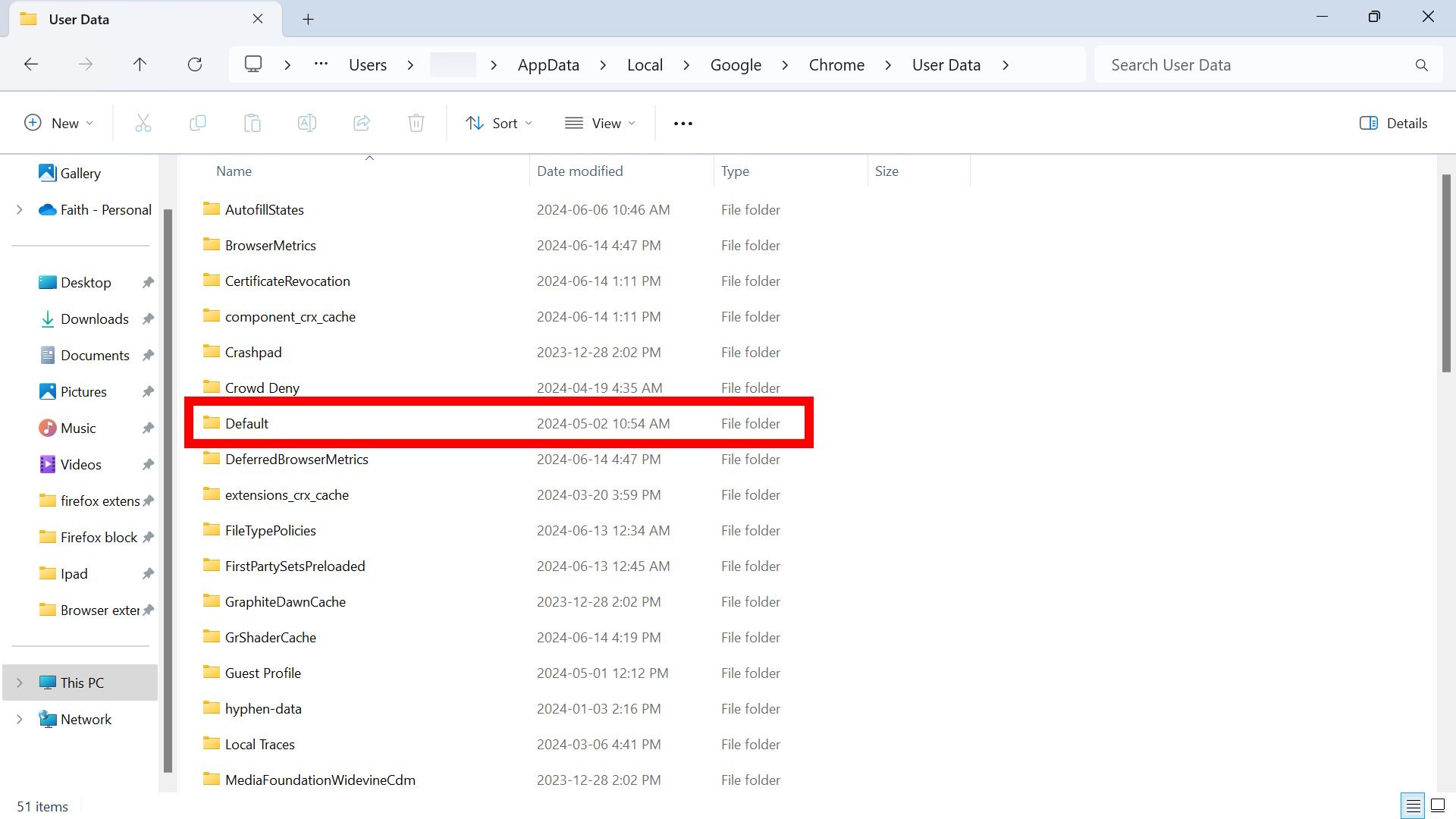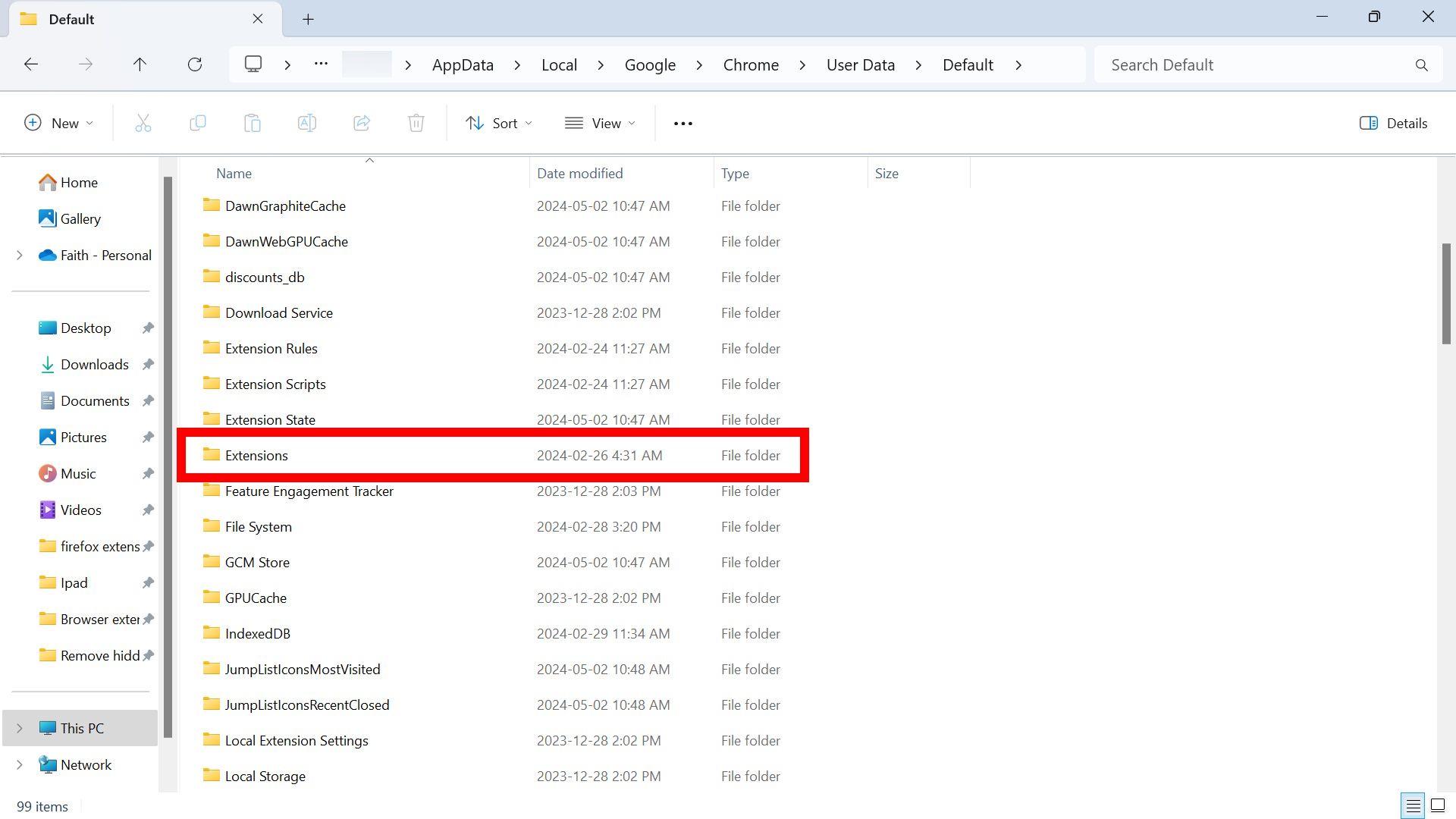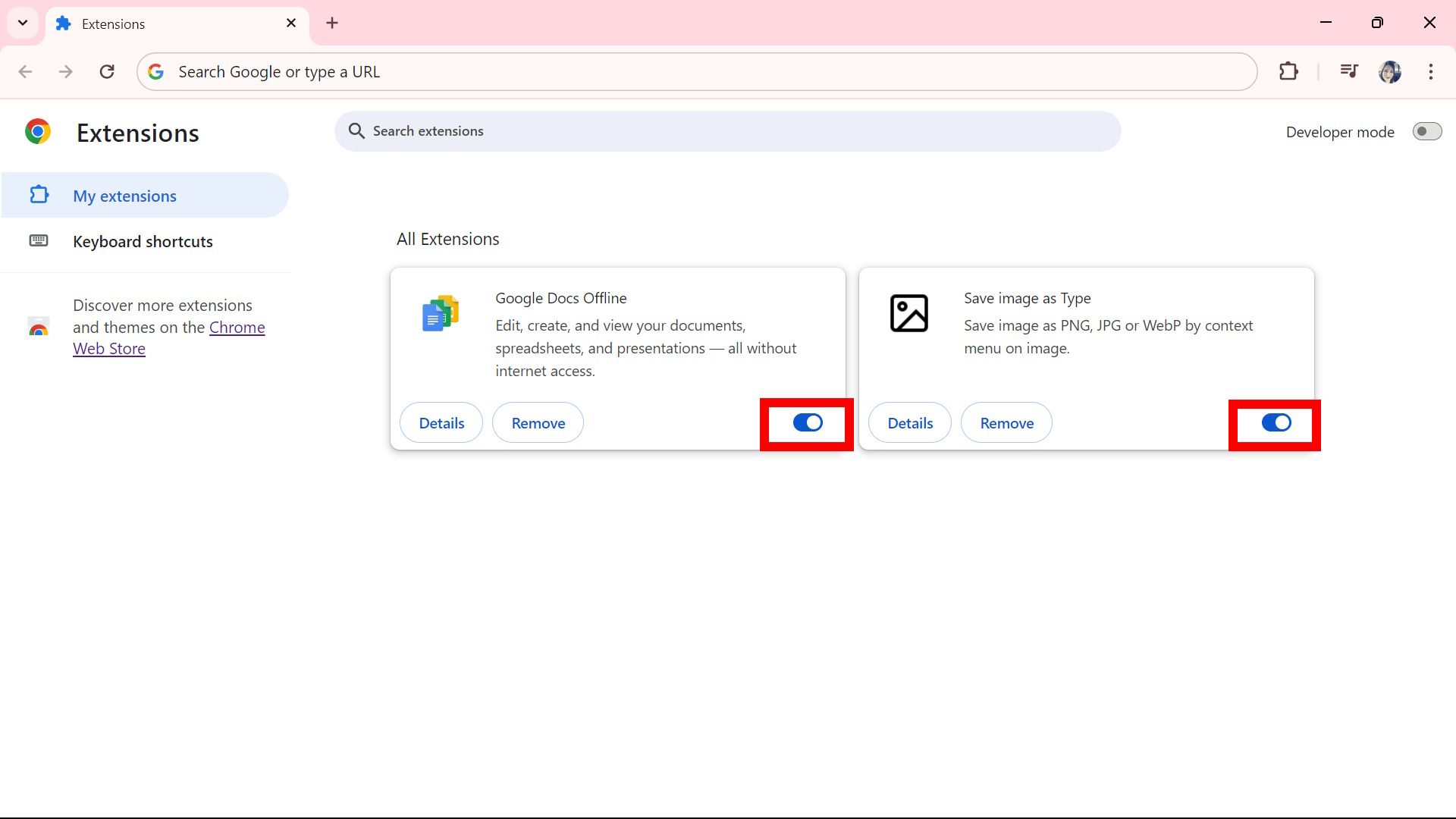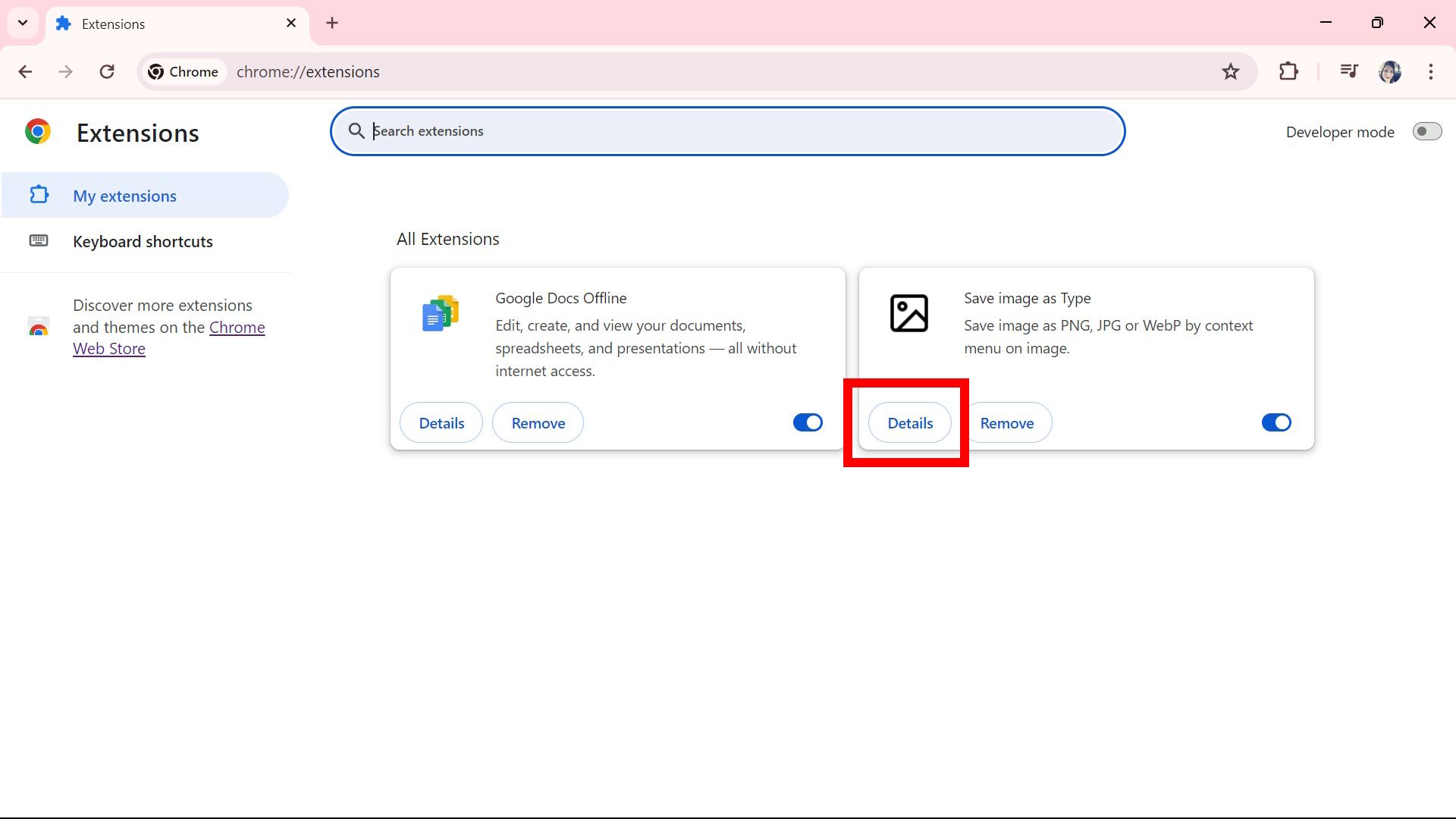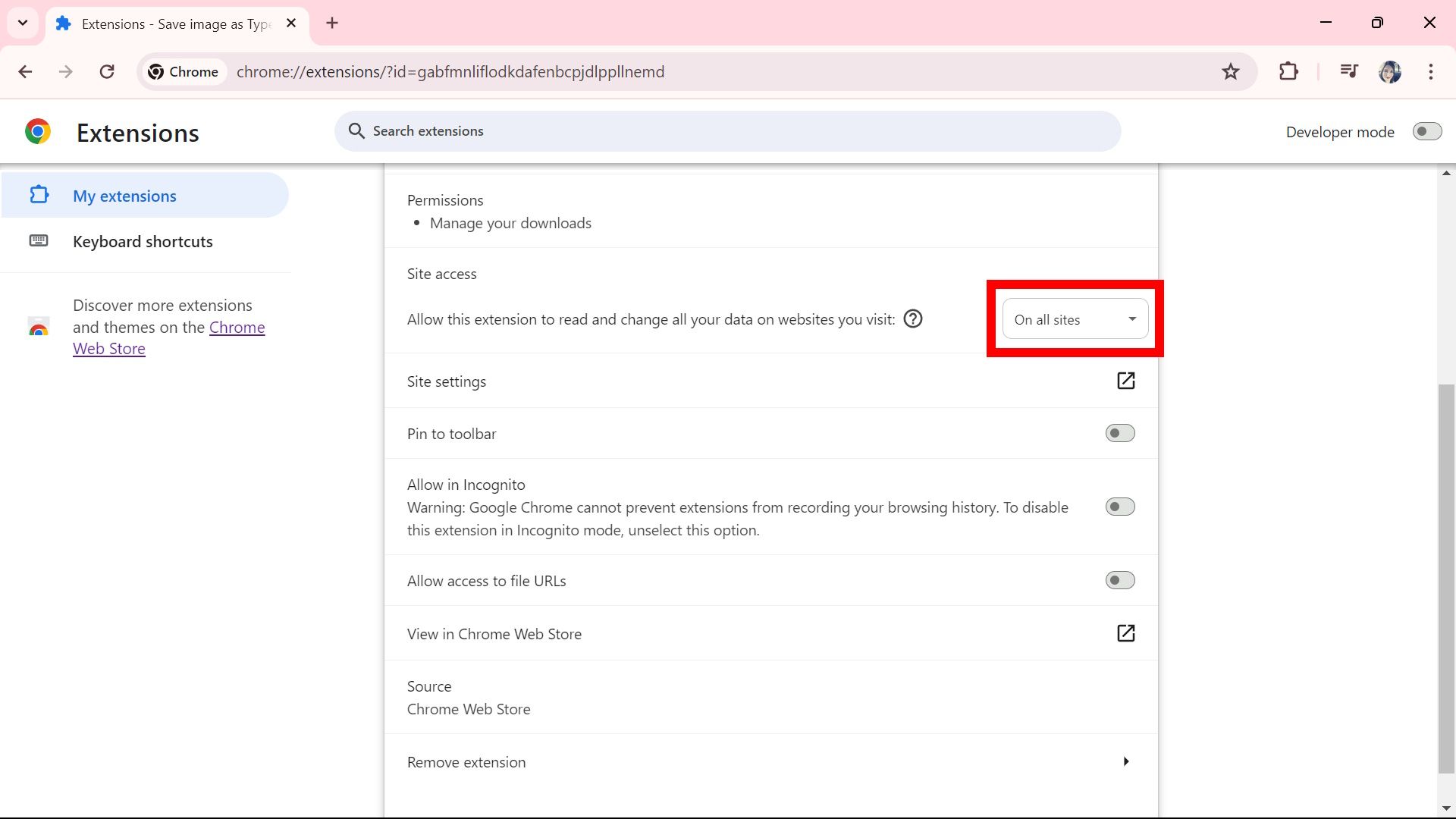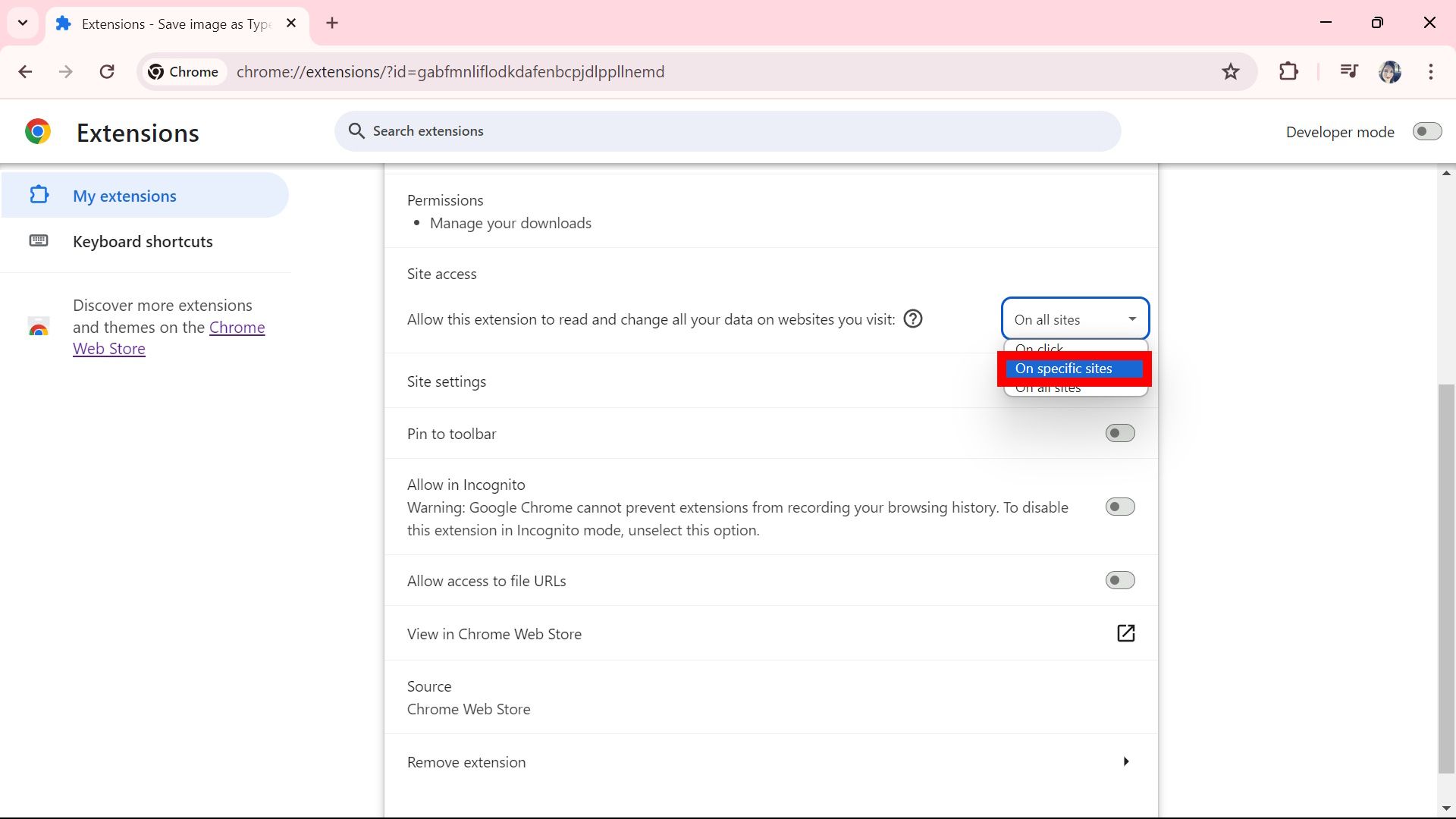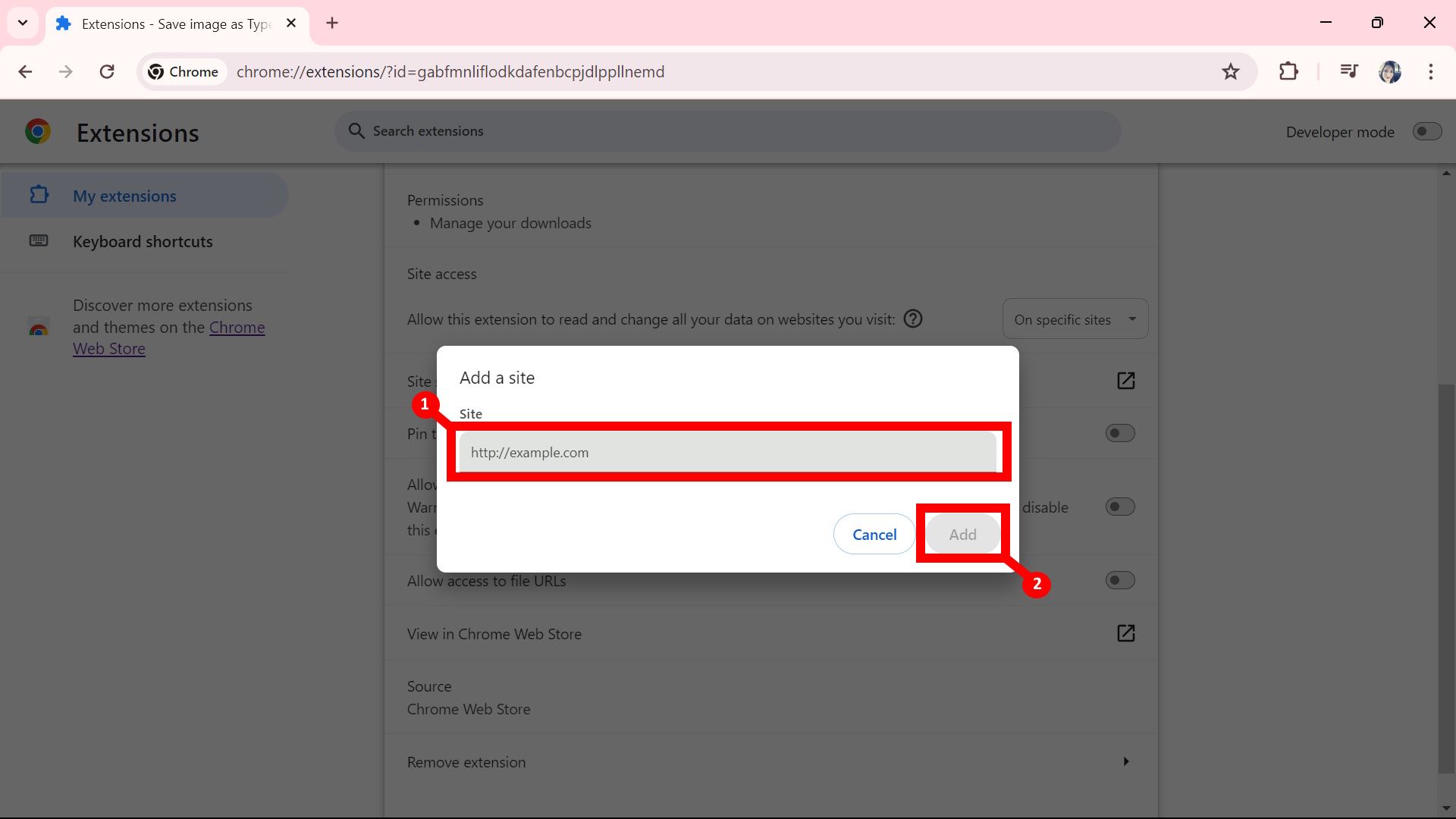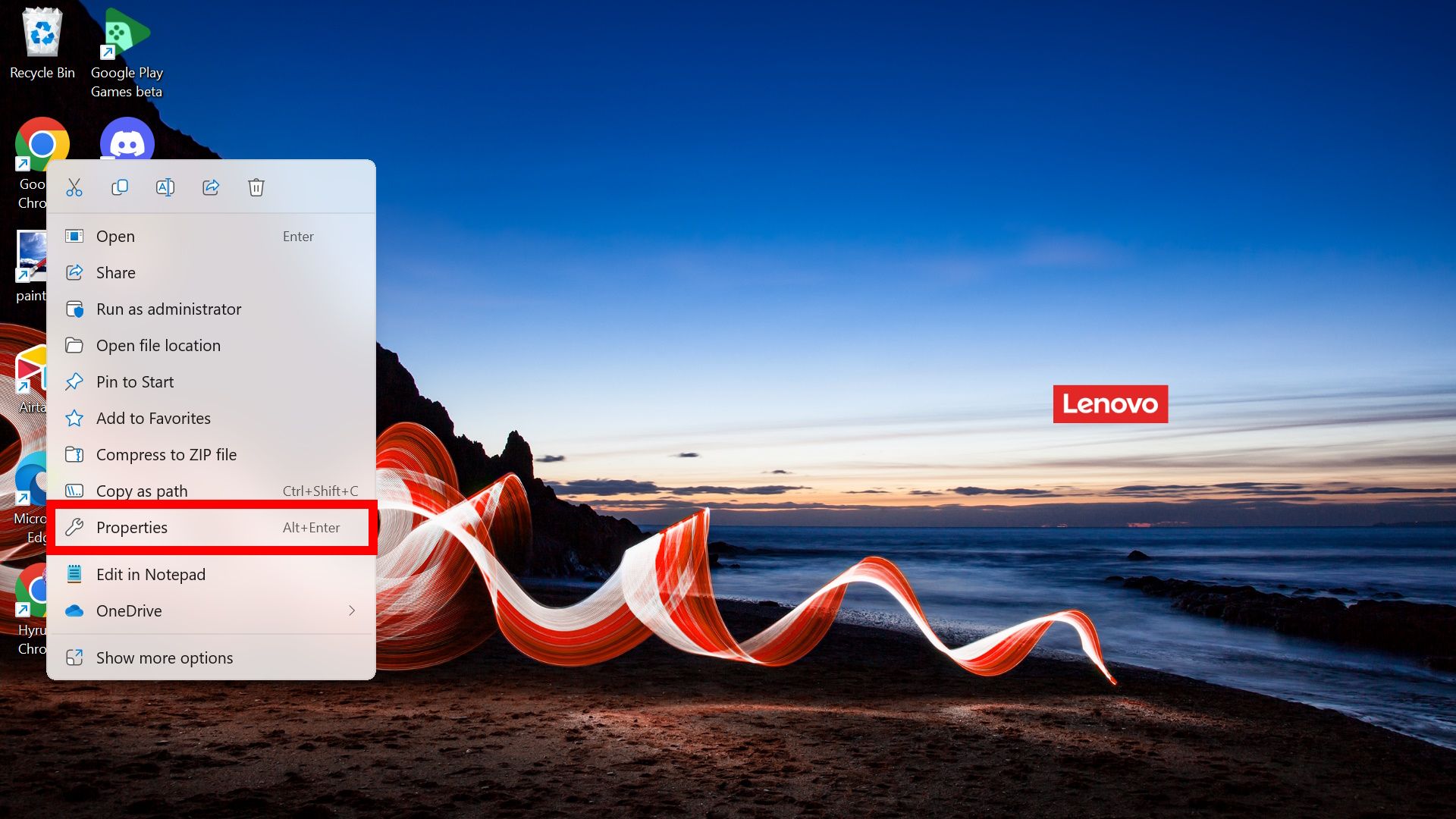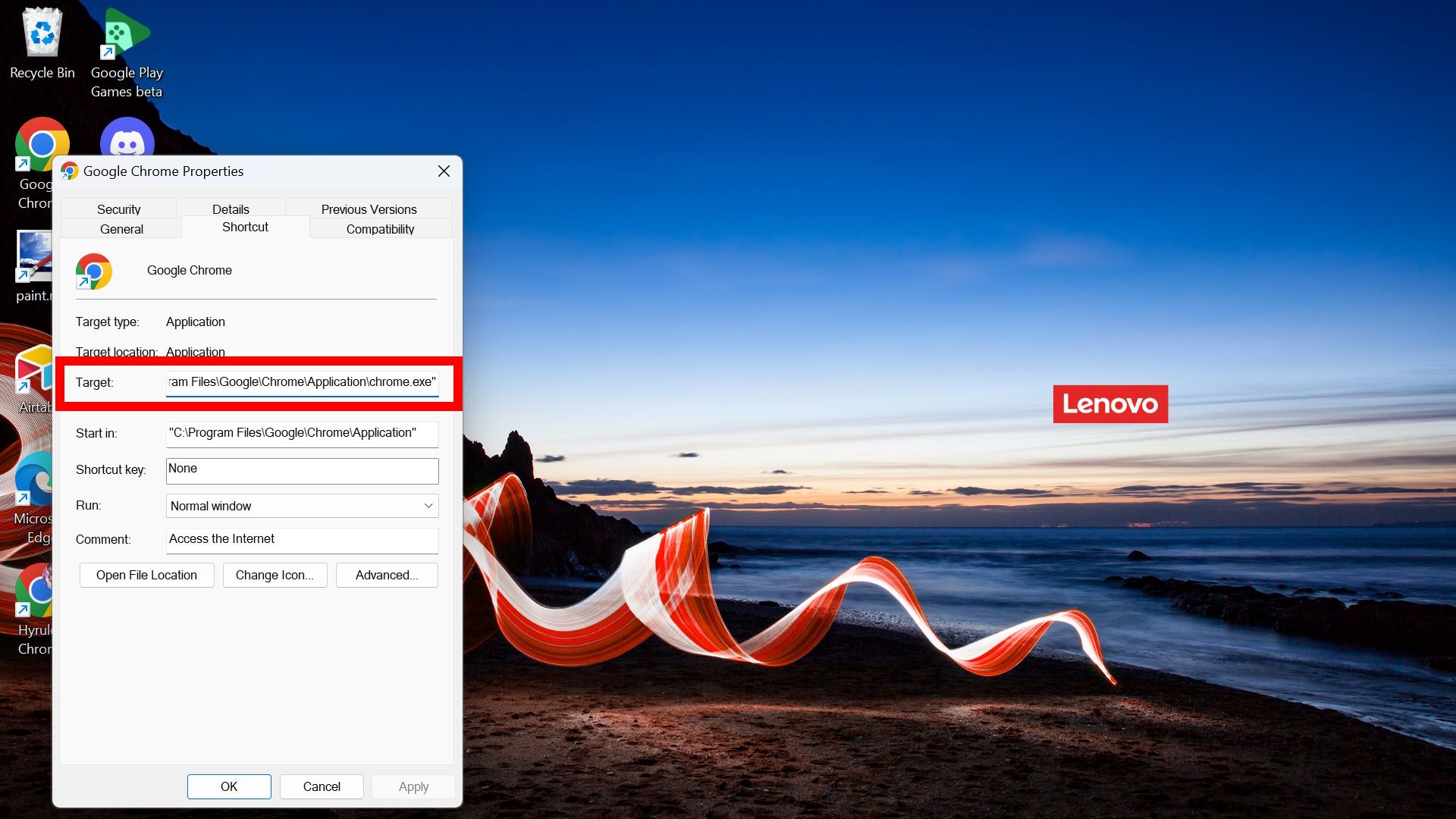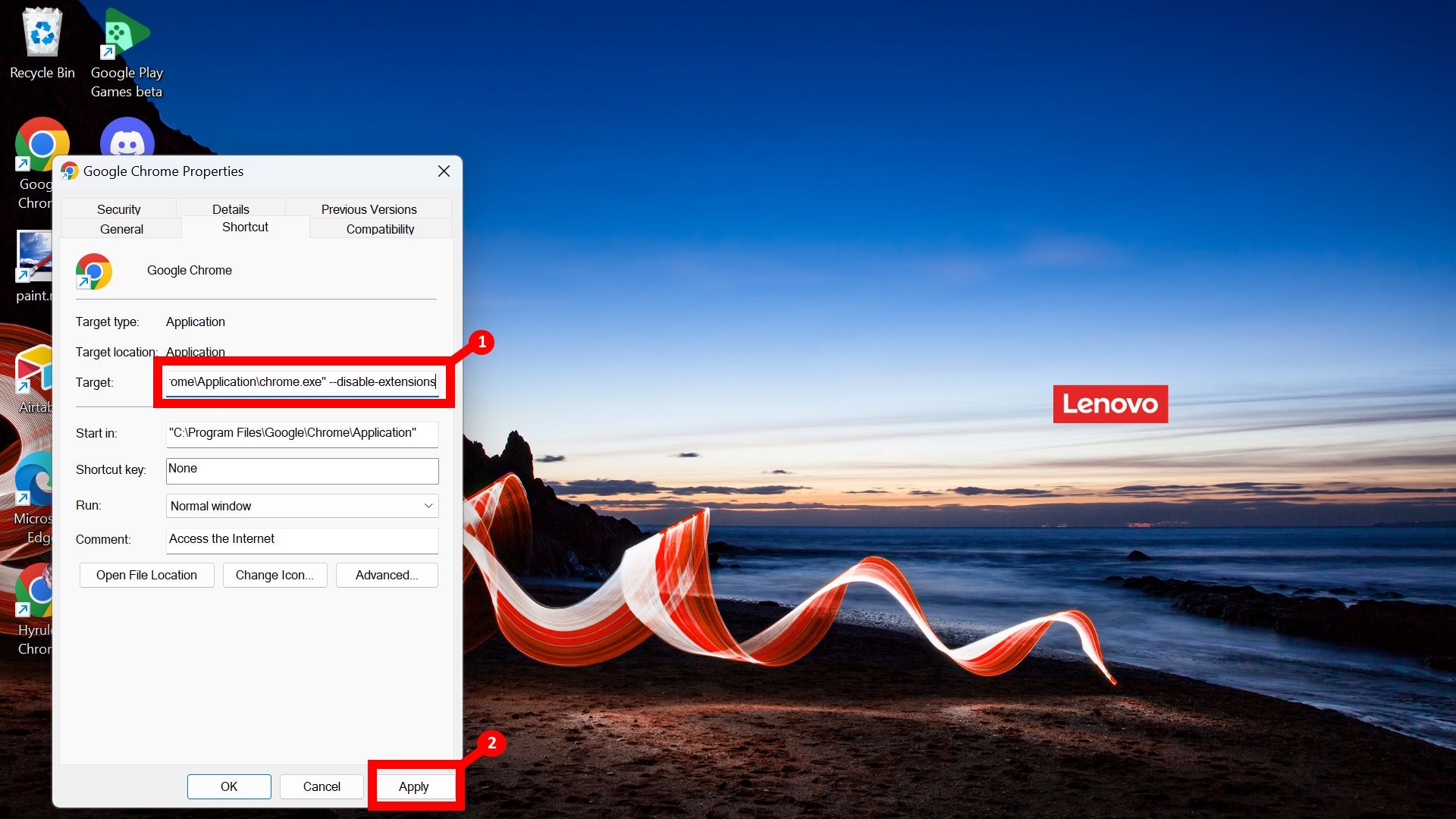Chrome extensions enhance your web browsing experience when needed, but you don’t always want them to be active. Google Chrome is many people’s default web browser, offering customizability with its extensions; the Chrome Web Store has almost 200,000 extensions registered. While numerous extensions exist, some are not deemed safe or well-kept compared to the most reputable ones on the Web Store. So, to help everyone filter out their extensions, we’ve created a guide to teach everyone how to remove and disable unwanted Chrome extensions.
Unfortunately, Google has not launched Chrome extension support on its default mobile browser, so our tutorial series will focus on turning off and removing Chrome extensions on any handy Chromebook or working Windows and Mac computer.
Why should you manage your Chrome extensions?
You may wonder why managing your Chrome extensions is a good practice, even if you consider them safe and trustworthy. However, using them for prolonged periods can also cause your browser to face security vulnerabilities. They also can slow down your web browser and even cause pages to not load properly. Using VPN extensions, for example, will impact a website’s load time.
Related
Best VPN Chrome extensions in 2024
Make Google Chrome an unblocking powerhouse with these top VPN extensions
Other times, Chrome extensions can face compatibility issues, especially if used for the same purpose, and work to modify your web browser; you can experience crashes, bugs, and unintended behaviors. In these situations, monitoring your Chrome extension usage and considering removing the extensions you no longer use is vital to get your browser working optimally again.
How to remove Chrome extensions
In this tutorial, we use a Windows computer, but Chromebook and MacOS users can follow these steps.
On your computer:
- Open Google Chrome.
- At the top right, select the Three-dot icon to navigate to the More menu.
- Click Extensions > Manage extensions.
- Select the extension you want to remove and choose Remove.
- Click Remove (again).
You can also search for the Chrome extension using the Chrome Web Store and click Remove from Chrome.

Related
How to open the Chrome Web Store to add your favorite extensions
Learn how to open and navigate the Chrome Web Store to find and install extensions and themes that enhance your browsing experience
How to delete hidden Chrome extensions
This guide will help you delete extensions without opening Chrome. By following this tutorial, you can also find a complete list of extensions hidden from your extensions list.
- Open File Explorer and go to your C drive.
- Navigate to Users > (your PC’s username).
- Select App Data. Click View > Show > Hidden items if this folder doesn’t show.
- Navigate to Local > Google > Chrome.
- Inside User Data, open the Default folder.
- Locate and open the Extensions folder.
- Right-click on a folder and select Delete. Empty the trash can on your computer to remove the folder permanently.
The official Google ID is labeled on your extension folders. You can search for these Google IDs by putting
chrome://extensions/?id=
and adding the string after the equals sign in your web browser. Note that some of these might be hidden from your extensions manager list.
Suppose you want to inspect an extension before deleting it. Open the extension file, locate the manifest.json file, and open it using Microsoft Notepad.
How to turn off Chrome extensions
You might still want to use your Chrome extensions when the situation demands it. But you don’t want to keep them running each time you’re on your web browser or have them active on specific websites. Our tutorial covers how to turn off Chrome extensions entirely while setting permissions where they are inactive for specific websites.
We use a Windows computer running Google Chrome, but you can follow these steps using a Chromebook or Mac.
How to turn off Chrome extensions completely
- Open Google Chrome.
- At the top right, select the Three-dot icon to navigate to the More menu.
- Click Extensions > Manage extensions.
- Select the extension you wish to turn off and click the toggle at the bottom right of the extension listing.
To turn on Chrome extensions:
Return to Manage extensions and click the toggle next to the extension to turn it back on.
How to turn on Chrome extensions for a specific website
- Open Google Chrome.
- At the top right, select the Three-dot icon to navigate to the More menu.
- Click Extensions > Manage extensions.
- Click Details next to an extension.
- Click the dropdown menu under Site access.
- Select On specific sites.
- Enter the URL of the website you wish to enable with the extension and click Add.
The Chrome extension will only work on the specified site, so it will stay turned off by default when it is not in use. This is helpful when worrying about general CPU usage while browsing Chrome. Extensions often contribute to higher CPU usage, slowing down your web browser and computer. But extensions are sometimes useful, like tracking Amazon price history while using camelcamelcamel. In such cases, we don’t want to remove them entirely from our browsers.
How to temporarily disable Chrome extensions
If you’re worried about hidden Chrome extensions working in the background and not showing up on your manager, you can add a command to disable all Chrome extensions. We show you how to do this below.
Before proceeding, ensure you enable admin privileges or permissions.
- On your computer, right-click the Chrome icon and select Properties.
- Navigate to the Target text field in the Shortcut tab.
- Inside the Target text field, type (space)–disable-extensions at the end of the text line, then click Apply.
The extensions will still be on the manager page with turned-on toggles. But adding this command ensures they are effectively turned off, similar to how you’ve cut off the supply to power, but the light switch stays flipped on.
To re-enable your extensions, return to the Chrome icon, remove the (space)–disable-extensions at the end of the text line, and click Apply.
Find out which Chrome extensions are trustworthy
Of course, because third parties develop Chrome extensions, they can (sometimes) be unsafe to use. They function similarly to apps on the Google Play Store; some apps bring great features, while others don’t work as intended. Other times, apps and extensions can have a malicious purpose (like installing malware). That’s why we should keep an eye out, as it becomes important to learn more about them before clicking the install button.
Fortunately, when browsing the Chrome Web Store, you can search for badges next to these extensions. These badges represent if the extension abides by the Chrome Web Store’s best practices. So the next time you browse the store, look for the badge and read the reviews — it is always better to be safe than sorry!

